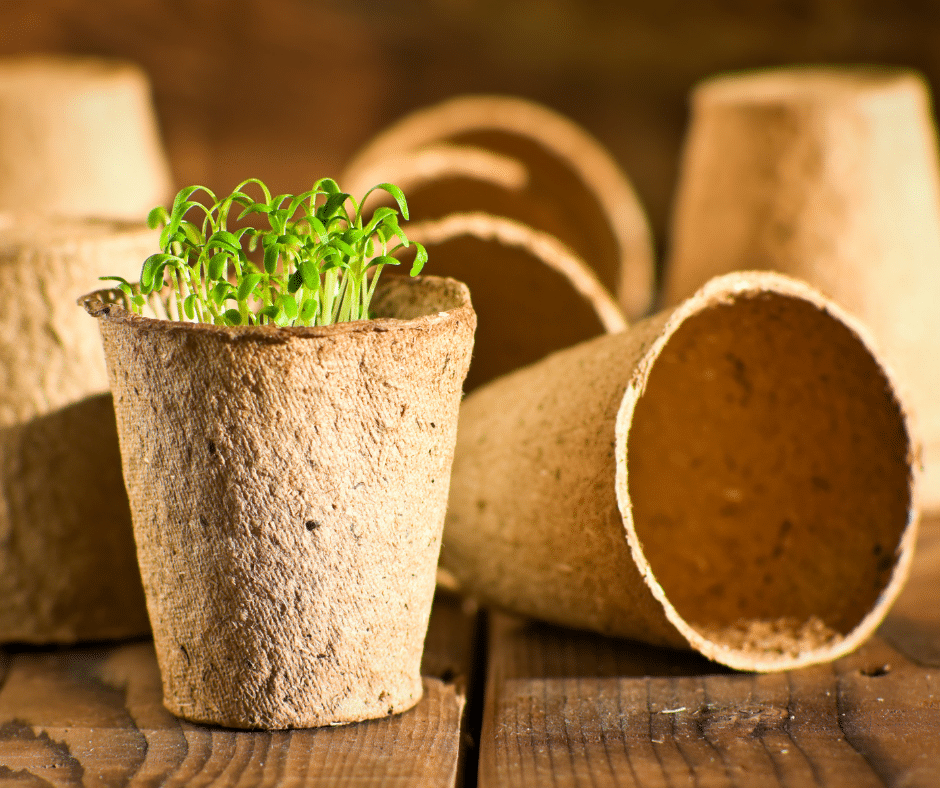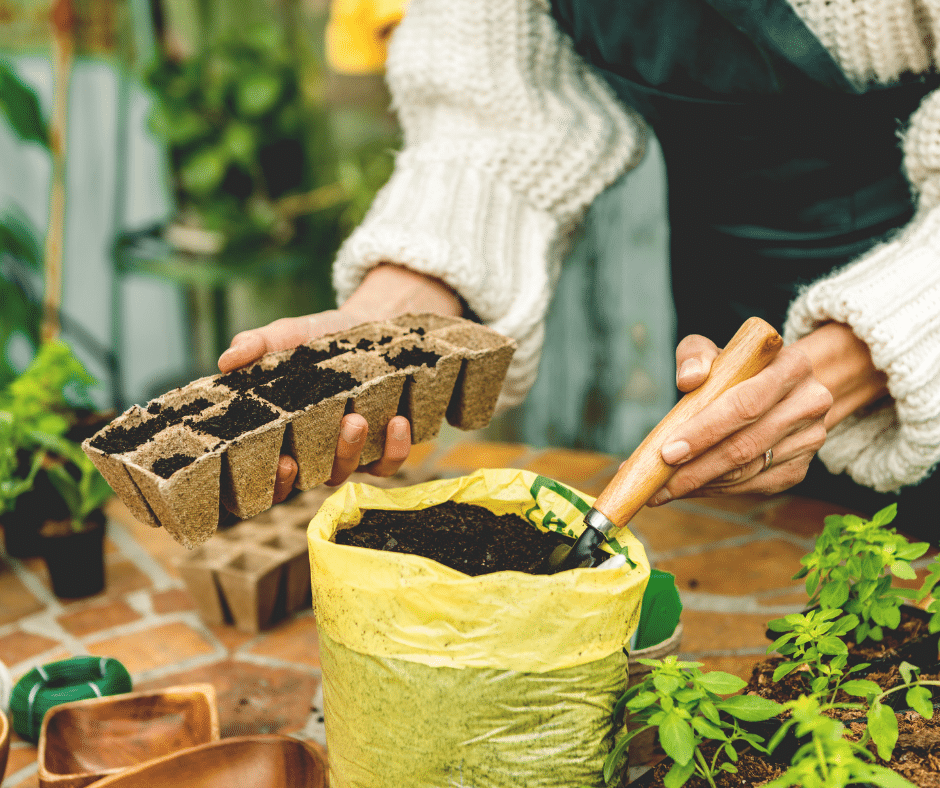What makes a material biodegradable? This is a question that many people are asking these days, as the world becomes more and more concerned with environmentalism. There are many materials that can be classified as biodegradable, but what makes them different from each other?
In this blog post, we will explore the characteristics of biodegradable materials and discuss what makes them special.

Biodegradable materials are those that can be broken down by living organisms. This means that they are not harmful to the environment and can be used without worry. There are many different types of biodegradable materials, but they all have one thing in common: they can be decomposed by microorganisms.
This is what makes biodegradable materials so special. They are not only safe for the environment, but they are also renewable. This means that they can be used over and over again without causing any harm.
There are many different applications for biodegradable materials. They can be used in everything from packaging to construction. And, because they are so safe for the environment, they are becoming more and more popular every day.

What are some of the benefits of using biodegradable materials?
One of the biggest benefits is that they are safe for the environment. As we mentioned before, they can be decomposed by microorganisms, so they will not harm the environment.
Another benefit is that they are renewable. This means that they can be used over and over again without causing any harm.
Finally, biodegradable materials are very versatile. They can be used in a variety of applications, from packaging to construction.

What are biodegradable materials made out of?
There are a variety of different materials that can be classified as biodegradable. Some of the most common include:
- Wood
- Cotton
- Paper
- Cardboard
- Food waste
These are just a few of the most common materials that can be classified as biodegradable.
As you can see, biodegradable materials are very special. They are safe for the environment and can be used in a variety of different applications. If you are looking for a material that is both eco-friendly and versatile, then biodegradable materials are the way to go.
If you are looking for a material that is safe for the environment and can be used in a variety of applications, then biodegradable materials are the way to go. They are renewable, safe, and most importantly, they will help to keep our planet clean. So, next time you are looking for a new material to use, make sure to consider biodegradable materials. They just might be the perfect solution for you.
